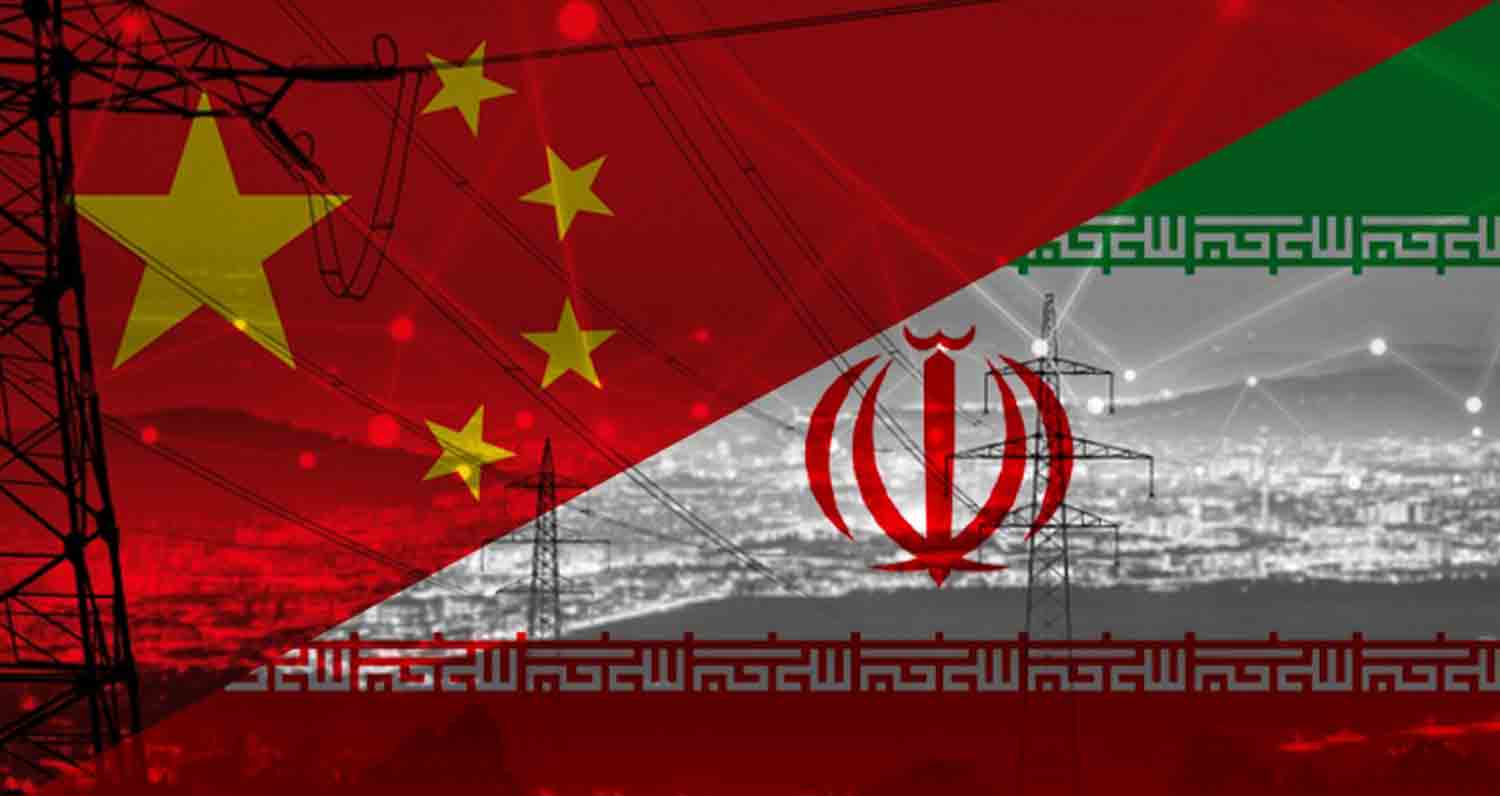Two Iranian cargo ships transporting a component for missile propellant are set to depart from China to Iran in the coming weeks, according to a report by the Financial Times on Wednesday, which referenced intelligence from security officials in two Western nations.
These transactions may expose the Chinese companies involved to U.S. sanctions designed to limit Iran’s weapons development, as the Iranian vessels are already under U.S. sanctions.
The report indicated that the Iranian-flagged vessels, Golbon and Jairan, are anticipated to carry over 1,000 tonnes of sodium perchlorate, a substance used in the production of ammonium perchlorate, the primary component for solid missile propellant. Ammonium perchlorate is classified among the chemicals regulated by the Missile Technology Export Control Regime, an international initiative aimed at preventing proliferation.
According to the report, two unnamed officials stated that the sodium perchlorate could yield 960 tonnes of ammonium perchlorate, sufficient to produce 1,300 tonnes of propellant, which could power 260 mid-range missiles in Iran’s arsenal.
The officials noted that the sodium perchlorate is being sent to Iran’s Islamic Revolutionary Guard Corps (IRGC), with 34 containers, each measuring 20 feet (six meters), already loaded onto the Golbon. This vessel departed from the Chinese island of Daishan on Tuesday and was located off the coast of Ningbo in Zhejiang province early Wednesday. The report also mentioned that the Jairan is expected to leave China with 22 containers in early February. Both ships, owned by Iranian entities, are projected to complete the three-week journey to Iran without making any port stops.
Officials reported that the chemicals were loaded onto the Golbon at Taicang, a port located just north of Shanghai, with the final destination being Bandar Abbas in southern Iran, situated on the Persian Gulf. According to the Financial Times, the officials were unable to confirm whether Beijing was aware of these shipments. Liu Pengyu, a spokesperson for China’s embassy in Washington, stated that he was not acquainted with the situation described by the Financial Times.
Doug Jacobson, a sanctions attorney based in Washington, noted that while U.N. sanctions on Iran’s missile program have lapsed, the Chinese entities involved in the reported transactions might still face U.S. sanctions related to interactions with both the IRGC and the already sanctioned vessels.
Vann Van Diepen, a former U.S. non-proliferation official, indicated that Chinese entities have been supporting Iran’s missile program since the 1980s. He suggested that Iran likely possesses its own ammonia perchlorate production facility by now but may still require feedstock for chemical production. “It’s probably not a continuous flow,” he remarked. “However, over the years, such shipments have occurred intermittently.”
The U.S. State Department did not provide an immediate response to a request for comment. However, an unnamed official indicated that if the missiles were intended for use by Russia in Ukraine, the shipment could be subject to U.S. sanctions aimed at limiting dealings with Moscow. In 2023, the United States imposed sanctions on individuals and entities in China, Hong Kong, and Iran, including Iran’s defense attaché in Beijing, for allegedly assisting in the procurement of parts and technology for Iran’s ballistic missile development. Similar sanctions were enacted on various individuals and entities the previous year.
Discover more from Defence Talks | Defense News Hub, Military Updates, Security Insights
Subscribe to get the latest posts sent to your email.





